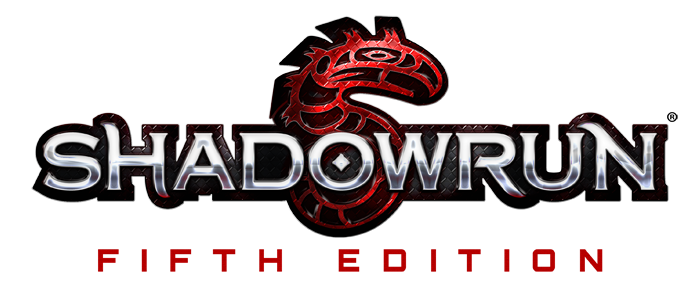
Greetings! My name is Ross Watson, and I am a huge fan of Shadowrun. I’ve been playing Shadowrun since its inception in 1989, and I’ve played every edition of the game right from the first. I’ve played Shadowrun when it was an online text-based game (Shadowrun Seattle MUX and Shadowrun Detroit MUX), and now I’m very pleased to say I’m deeply enjoying the opportunity to work on a game set in that universe!
I’ve been a game designer for over 13 years now, and I’ve worked on a ton of games. Much of my experience lies in developing RPGs and miniature games, and it’s great to bring that experience to the table for Sprawl Gangers.
Randall and I plan to release a number of designer diaries about Sprawl Gangers in the coming months. I wanted to take this opportunity to tell you about my basic design philosophy for Sprawl Gangers to give all the fans an idea of where I’m coming from and where I want to go with the game.
When it comes to skirmish-level miniature games, I have several favorites! I would say that the games that made a deep impression upon me as a designer include Kill-team, Necromunda, and Mordheim, and I’ve learned to enjoy other exciting rulesets like Infinity and Dust Warfare (although I’m a bit biased about that last one!).
What I want for Sprawl Gangers is to design a fast and fun skirmish-level wargame that uses a lot of cool terrain and brings some new ideas to the tabletop. I want to marry that ruleset to the superb intellectual property that is Shadowrun, and make Sprawl Gangers a natural fit for that universe.
What that means for me is that I need to make sure and find a way to bring things like magic and spells into the game alongside and in conjunction with mechanics for hacking the matrix with your cyberdeck and using your wired reflexes cyberware to swiftly strike at enemy gangers.
It is a real pleasure to work with Randall on this ruleset—he brings a unique perspective from his own decades of experience as a miniature gamer, and it has been very rewarding to find out just how much we have in common as game designers… while retaining our individual flavor, of course!
I look forward to being able to tell you all more about Sprawl Gangers in the weeks to come, and until next time… keep your ammo handy, never trust an elf, and never deal with a dragon!
Ross Watson





